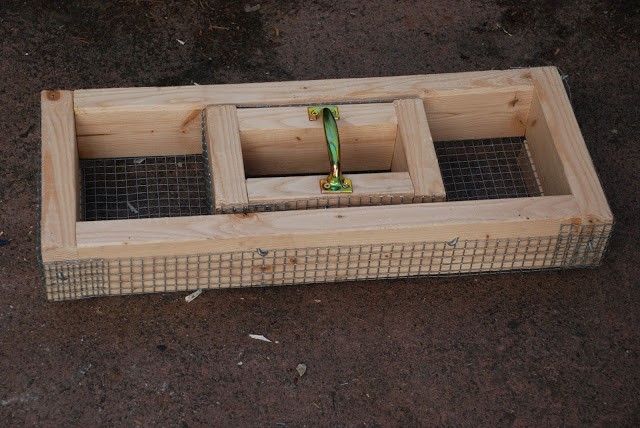Nugbender
Active Member
Think I got the rona and am currently in quarantine so thought I might as well make some RSO to pass by time and boost the immunity.
Spending the last couple of days reading past previous posts and looks like Isopropyl Alcohol 99% (IPA) - USP-NF is what I will be going with.
I am wondering about how to properly purge as much ISO out of the extraction as possible and have yet to see much on vacuum pump times and purging techniques.
Also looking into picking up a vacuum pump and making a DIY container, was thinking of a 32 oz glass mason jar but after the purge it will be some what difficult to remove after the purge.
I'm looking for cheap DIY vacuum chambers, I have about a 4 ounces of flower and 4 ounces of trim with small buds i'm looking to turn into RSO in multiple batches as these are multiple genetics and this would also help me refine and improve on my process as I have not made RSO in a very very long time.
Items ill be using:
- Laser thermometer
- Freezer
- Glass Jars for soaking
- Isopropyl Alcohol 99% (IPA) - USP-NF
- PPE ; gloves and glasses
- Fan
- Carbon filter; will be purging in a small unused tent in doors with the windows open
Process:
- Freeze material and ISO 1 hour before use
- Crush but not turn the flower into powder
- Immediately place in milk nut bag (if there is a better micron size bag to use feel free to recommend it, I do have bubble bags somewhere but they are in storage and have to search for them)
- Place bag into pyrex or 32 oz wide mouth mason jar depending on the batch size
- Soak material with ISO immediately pulled from the freezer and set a timer for 20-30 seconds
- Vacuum purge material (Don't have the equipment for this yet as I am still looking into it also not sure how long to vacuum purge this for?)
Questions:
- If I get particulates that escape the milk nut bag what would be the best way to filter this out?
- What micron bag works best? (I do have bubble bags but will need to find where they are)
- Where can I find a DIY cheap vacuum purge set up?
- How long do I purge for and what do I look for as a final product?
- Does ISO remove the chlorophyl with a short 20-30 sec saturation from dried flower and trim? If so, what are the best ways to remove this? Just leave it in the sun for a few hours, a day?
Spending the last couple of days reading past previous posts and looks like Isopropyl Alcohol 99% (IPA) - USP-NF is what I will be going with.
I am wondering about how to properly purge as much ISO out of the extraction as possible and have yet to see much on vacuum pump times and purging techniques.
Also looking into picking up a vacuum pump and making a DIY container, was thinking of a 32 oz glass mason jar but after the purge it will be some what difficult to remove after the purge.
I'm looking for cheap DIY vacuum chambers, I have about a 4 ounces of flower and 4 ounces of trim with small buds i'm looking to turn into RSO in multiple batches as these are multiple genetics and this would also help me refine and improve on my process as I have not made RSO in a very very long time.
Items ill be using:
- Laser thermometer
- Freezer
- Glass Jars for soaking
- Isopropyl Alcohol 99% (IPA) - USP-NF
- PPE ; gloves and glasses
- Fan
- Carbon filter; will be purging in a small unused tent in doors with the windows open
Process:
- Freeze material and ISO 1 hour before use
- Crush but not turn the flower into powder
- Immediately place in milk nut bag (if there is a better micron size bag to use feel free to recommend it, I do have bubble bags somewhere but they are in storage and have to search for them)
- Place bag into pyrex or 32 oz wide mouth mason jar depending on the batch size
- Soak material with ISO immediately pulled from the freezer and set a timer for 20-30 seconds
- Vacuum purge material (Don't have the equipment for this yet as I am still looking into it also not sure how long to vacuum purge this for?)
Questions:
- If I get particulates that escape the milk nut bag what would be the best way to filter this out?
- What micron bag works best? (I do have bubble bags but will need to find where they are)
- Where can I find a DIY cheap vacuum purge set up?
- How long do I purge for and what do I look for as a final product?
- Does ISO remove the chlorophyl with a short 20-30 sec saturation from dried flower and trim? If so, what are the best ways to remove this? Just leave it in the sun for a few hours, a day?


